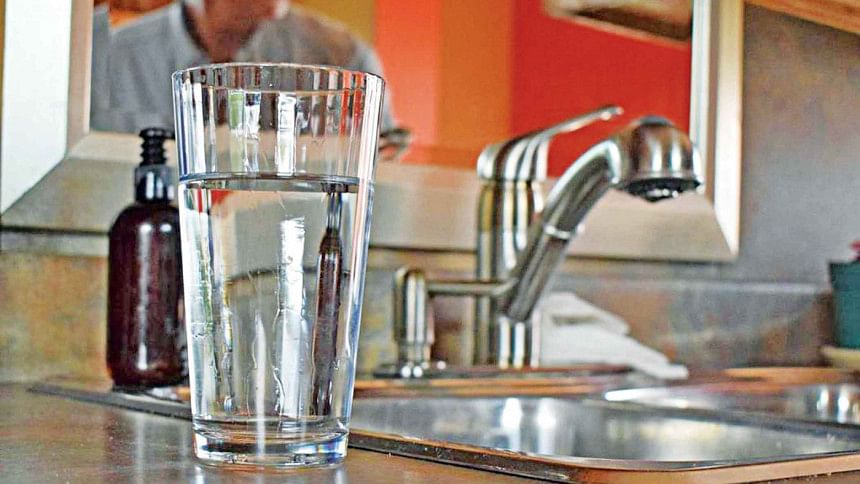Lead: Killer in the kitchen

Lead is a silent killer. The World Health Organisation (WHO) has identified lead as one of the leading chemicals of concern to public health, and the Institute of Health Metrics and Evaluation estimates that lead exposure caused nearly one million global deaths and accounts for more than 20 million years of healthy life lost in 2019. The burden is, however, highest in low-and middle-income countries.
Young children are more vulnerable to lead poisoning because they can absorb lead at a rate 4-5 times higher than adults. Also, the health hazards related to lead are diverse and particularly harmful in children. At low levels, it affects the intellectual quotient (IQ) and is associated with reduced attention span and Attention deficit hyperactivity disorder (ADHD). Its detrimental effects on the brain and neurological systems are irreversible. Lead poisoning has been reported to cause over 60% of developmental intellectual disability. A recent report by Pure Earth and UNICEF estimate that more than half of Bangladeshi children are affected by lead poisoning, which is turning out to be a bigger threat than one might have imagined.
Lead has been found in unlikely places, even in common household items such as aluminium cookware. Aluminium is popular because it is readily available, inexpensive and its low melting point makes it easy to work in making cooking vessels and utensils. While aluminium is generally considered safe, other toxic metals are often found present and can create chemical exposure. Lead is intentionally added to molten aluminium to make it easier to work with. However, lead can also find its way into aluminium forging as a contaminant. Craftsmen often gather all sorts of metals and place them into the furnace and since lead melts easily it becomes part of the final product.
Exposure to lead, by way of inexpensive cookware made of lead-containing or contaminated aluminium has the potential to be of much greater public health significance. A recent study of Bangladeshi cookware reported the presence of an average of 216 mg aluminium, 6 μg arsenic, 7.5 μg cadmium, 2μg lead exposure per serving (US FDA level is 3μg/day for children). Lead can leach out of aluminium pots and utensils, especially when acidic sauces are present. It is not safe to eat out of lead-containing or contaminated aluminium cookware.
Recently conducted surveys of lead exposure in Asia and Africa have reported stubbornly elevated blood lead levels of lead despite the decades old ban of leaded gasoline worldwide. The presence of lead in food cooked in pots made of aluminium may be an important contributing factor to the ongoing lead poisoning epidemic, in addition to exposure from recycling batteries, spices, and turmeric.
In summary, lead exposures cause deaths and disability that are almost entirely preventable with a very high benefit-to-cost ratio. The best way to control the health hazards caused due to lead exposure is prevention.
Dr Mahfuzar Rahman is the Country Director of Pure Earth, Bangladesh. E-mail: [email protected]

 For all latest news, follow The Daily Star's Google News channel.
For all latest news, follow The Daily Star's Google News channel. 



Comments